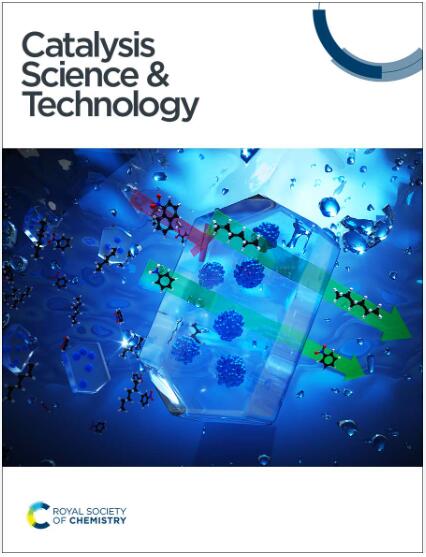Recent progress in understanding the role of graphene oxide, TiO2 and graphene oxide–TiO2 nanocomposites as multidisciplinary photocatalysts in energy and environmental applications
IF 4.4
3区 化学
Q2 CHEMISTRY, PHYSICAL
引用次数: 0
Abstract
The rapid industrial advancement globally has led to critical energy shortages and environmental pollution, prompting researchers to develop simple and efficient solutions. Emerging 2D nanomaterials as sole photocatalysts and their heterostructures with traditional photocatalysts not only have boosted photocatalytic efficiency but also provided multifunctionality to their potential applications. The present review details the recent developments in graphene oxide (GO) nanomaterials and their heterostructures with metal oxide photocatalysts (particularly GO/TiO2, which is the most studied nanocomposite photocatalyst system) for their potential multidisciplinary photocatalysis applications in the fields of energy and environment. Particularly, the focus is on understanding the role of GO as an emerging sole and multidisciplinary photocatalyst as well as its role in boosting the photocatalytic efficiency of traditional metal oxide photocatalysts. This review explores the fundamental photocatalytic mechanisms of GO and the synthesis of GO/TiO2 nanocomposites, with emphasis on their multifunctional photocatalytic applications in topics of current interest, including photocatalytic H2 production, CO2 photoreduction, and photodegradation of nano-/micro-plastics and other pollutants of emerging concern (i.e., pesticides, pharmaceutical, personal care products, and pathogens/viruses), which have rarely been reviewed in the past few years. In addition, their structural and morphological (0–3D) investigations, their surface chemistry, the stability/recyclability of their nanostructures and their potential use of direct/natural sunlight for sustainable development along with their computational aspects and toxicity towards human health and the environment have been highlighted. Finally, various challenges, in view of GO emerging as a sole promising photocatalyst and its nanocomposites, are discussed, along with their potential to provide sustainable solutions to energy shortage, clean energy and environmental pollution.

求助全文
约1分钟内获得全文
求助全文
来源期刊

Catalysis Science & Technology
CHEMISTRY, PHYSICAL-
CiteScore
8.70
自引率
6.00%
发文量
587
审稿时长
1.5 months
期刊介绍:
A multidisciplinary journal focusing on cutting edge research across all fundamental science and technological aspects of catalysis.
Editor-in-chief: Bert Weckhuysen
Impact factor: 5.0
Time to first decision (peer reviewed only): 31 days
 求助内容:
求助内容: 应助结果提醒方式:
应助结果提醒方式:


